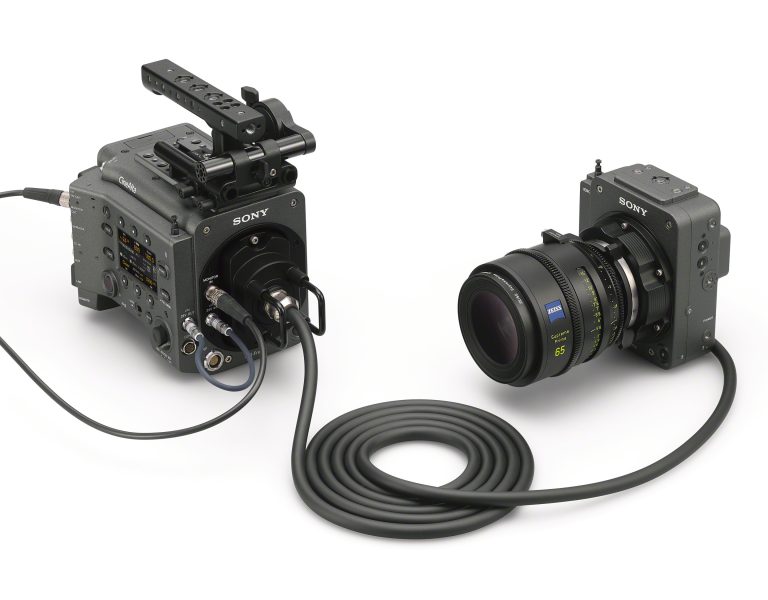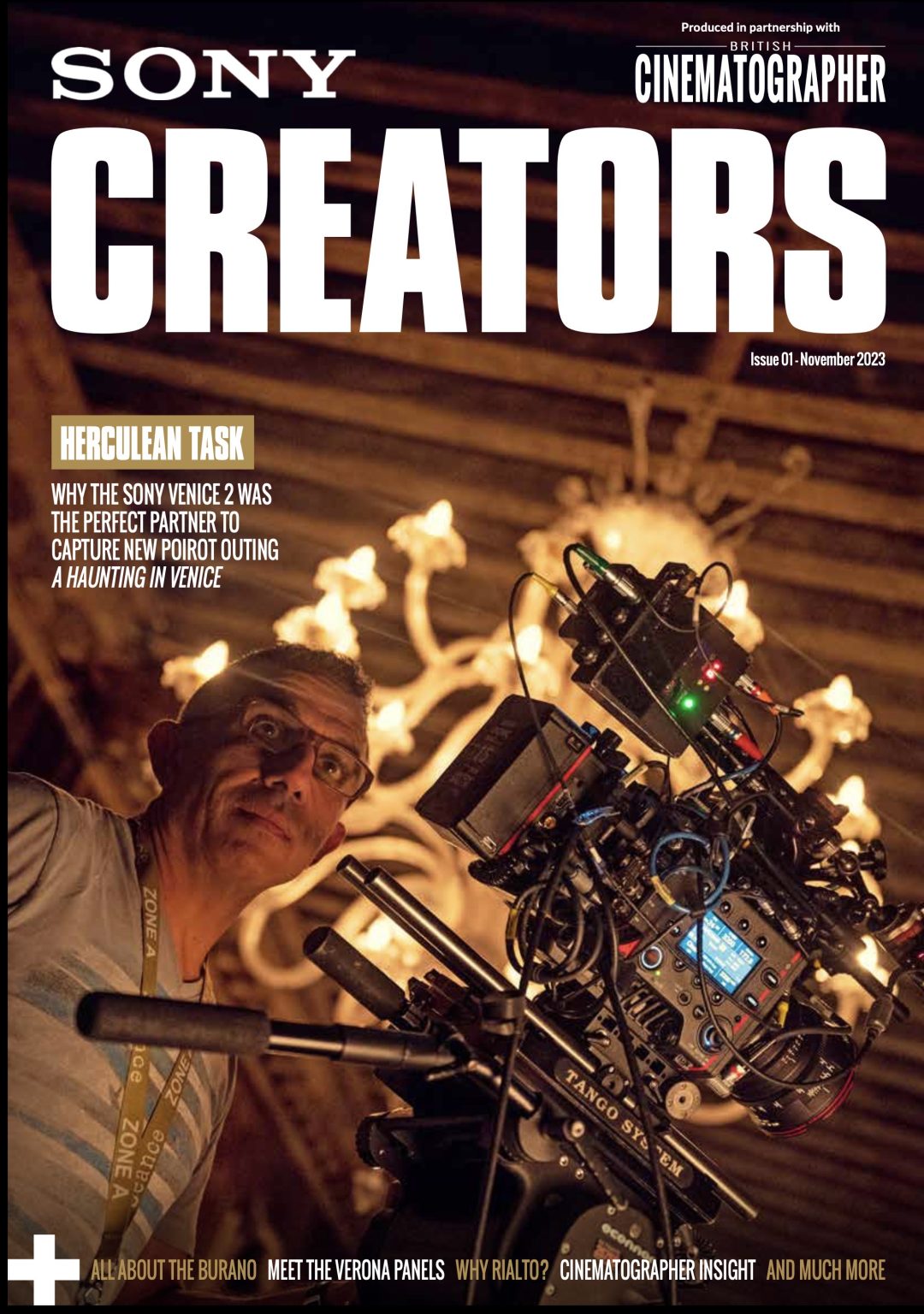THINKING GREEN
Sustainability is no compromise, it is the doorway to creative possibility, says Gildas Pelliet, Head of Pan European Imaging Products & Solutions for Sony Europe.
Cinema and TV screens show us a beautiful spectrum of colours, however the film and TV industries definitely prefer green. Finding more environmentally-friendly ways to film has shot up our collective priority list. Just a few years ago, it would have seemed extreme to require a carbon emission report before a production applied for funding. Now, it seems that industry bodies across the globe will follow the example of the French National Centre for Cinema and the Moving Image and insist on this transparency.
Reducing carbon emissions has been far from easy – perhaps achievable for just a few independent productions. Meaningful change would require entirely new ways of filming. And that is precisely what Sony’s virtual production solution offers.
Virtual production and real-world impact
Lifelike backdrops are shown on Sony’s Crystal LED (CLED) displays, while cameras like Sony’s VENICE 2 and BURANO use advanced features to capture multiple scenes like you are on location. Directors capture their vision in any setting they can imagine—all within a comfortable, creative studio space. No shipping crew and gear off to locations or pausing shooting due to bad weather. Instead, they’re filming in a fully controlled environment, ready to go at any time.
According to Sony Pictures’ analysis, Sony’s virtual production technology can reduce productions’ carbon emissions by 75-80%. This may seem far-fetched, but remember that around half of a film production’s greenhouse gases and air pollution come from fuel use across land transport and mobile power services1. Virtual production removes this environmental burden of mass transport and remote power.
Moreover, the specific technological advancements behind virtual production are greener too. CLED display panels use 36% less power than competitors and generate much less heat, meaning less power is needed to cool the displays during production. This efficiency has informed their design, with a fan-less heat management system that makes them quieter too. And, with less heat pumped out overall, there’s no real need for air conditioning in the studio, cutting energy consumption again.
Obviously, image quality is king. Our new VERONA series CLED panels combine this efficiency with Deep Black technologies and anti-reflection surfaces that give cinematographers remarkable flexibility in how they light, move through and capture the action. We’ve reached a point where more efficient technologies are delivering the best image quality we’ve ever seen.
Greener cameras, deeper colours
Stepping away from displays, we’ve made our cameras more environmentally friendly too. VENICE 2 is 40% smaller than its predecessor, uses 30% less power and up to 60% less data per pixel. All with four times the light sensitivity of the first VENICE, delivering the vibrant colours and powerful dynamic range needed for movies like Gran Turismo and TV shows like The Lincoln Lawyer.
And as we improve the environmental profile of our physical products, we’re expanding and refining our cloud-based solutions: Ci Media Cloud allows productions to take whole media workflows away from location-based hardware and into the cloud.
Beyond our production technologies, Sony’s broader commitment to sustainability is clear. Our Road to Zero programme began in 2010, encompassing more than carbon emissions and climate change. Through this initiative, we’re targeting biodiversity, reducing chemical usage, and conserving resources. By 2050, our goal is for our products and business activities to leave no environmental footprint. And across the Sony Group we’ve already slashed our greenhouse gas emissions by 50%.
Sustainable filmmaking, without limits
Everywhere in our industry, sustainable practices are becoming the norm. To date, 55 Sony Picture Entertainment titles have enrolled in the company’s Sustainable Production programme, with 22 taking part in voluntary carbon reduction opportunities. We’re also working with albert, an organisation dedicated to reducing the impact of film and TV productions, as they work to create an independent standard for sustainability.
These advancements, initiatives, and updates are all fantastic for the environment. But, for me, the most exciting thing is knowing that these improvements in sustainability come hand-in-hand with new creative possibilities and even better image quality. No one needs to compromise their vision – in fact, they can expand and enhance it.
Read about Sony Pictures’ research on the environmental impact of Virtual Production on pro.sony/virtualproduction, and find out more about our Road to Zero programme here.











